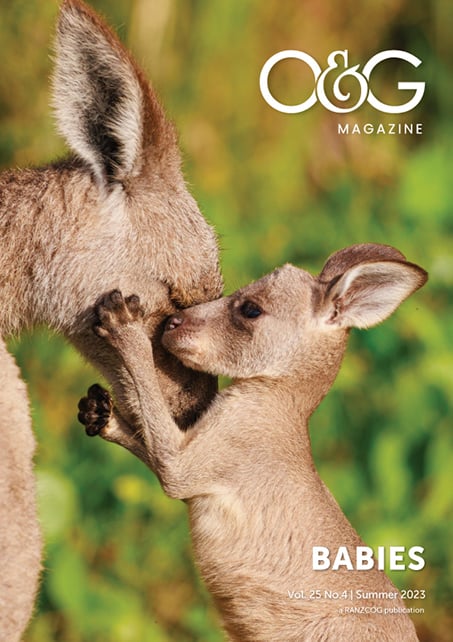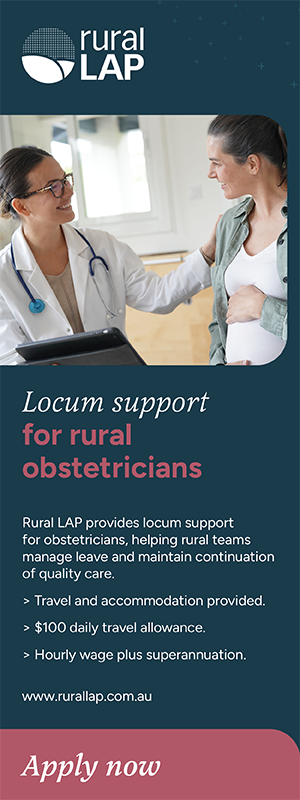‘When you decide to test for “future risk”, you are also, inevitably, asking yourself; what kind of future am I willing to risk’…
(Sidhartha Mukherjee)
The privilege of caring for a woman throughout her pregnancy and labour is undoubtedly one of the greatest joys of our profession. And yet, the responsibility we bear for the little patients on the inside, about to embark on a lifetime of their own that extends aeons beyond the birth suite is, at times, daunting. Decisions we make around birth can mean big impacts on individuals, families, communities, and generations. In this issue, we encourage you to hope for the future, see a bigger picture, and play a long game.
The impact of a healthy start to life from a Public Health perspective is indisputable, and I hope you enjoy the latest updates from both the Preterm Birth Prevention Alliance and Stillbirth CRE. The launch of the Safer Baby Bundle as a National Clinical Care Standard in November 2022 represents a massive leap forward for strengthening stillbirth education and consistent risk reduction strategies nationwide.
Prematurity remains the biggest killer and source of disability in children under five. In particular, as clinicians caring for both women and their babies, we need to be ever-mindful of the growing body of evidence of morbidity in the early term/late preterm cohort, and the role we often unwittingly play in the iatrogenic delivery of these babies. As maternity care providers, our lived experience of safeguarding against risk often (and understandably) curtails to the immediate with an urgency that is hard to ignore. And yet risk is slippery and protean. Risk is lifelong, as any parent will tell you!!
How we educate, counsel and ultimately consent women and their families when making decisions around timing of delivery matters. Devastatingly too, sometimes the luxury of decision around timing is snatched from our patients altogether, and we are left to chaperone them through the limits of viability, the frail edges of hope, the statistics and what they might mean singularly to a family who are forced to make decisions no one ever should. Collaborative care, delivered across a multidisciplinary team, can help women and their families navigate this risk when having discussions around neonatal outcomes. I hope you find the articles on viability both interesting and useful when counselling patients.
At many rural maternity sites, care of both baby and mum often rest squarely on the one set of shoulders, and so we have recapped common early neonatal presentations including early sepsis, jaundice, screening and routine post-birth care.
Last, the RANZCOG ASM was a vibrant and well attended college event and we have included some pictures to celebrate the milestone here, as well as some hopeful updates from our friends in the Pacific. I hope you enjoy this Edition, as always please send us your feedback and good luck putting the baby face to the name!






Leave a Reply